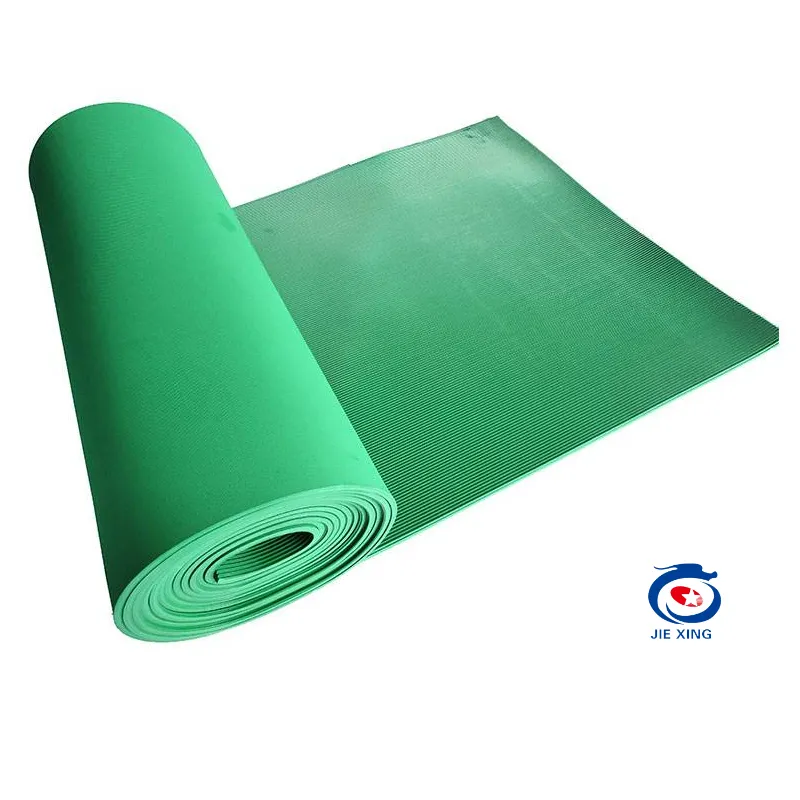Effective Ways to Prevent Air Drafts from Entering Under Your Doors at Home
How to Stop Air from Coming Under Your Door
Keeping your home comfortable and energy-efficient is essential, particularly in extreme weather conditions. One often-overlooked culprit that can significantly impact indoor air quality and energy bills is air leakage through gaps under doors. Air infiltrating beneath doors not only diminishes heating and cooling efficiency but also allows dust, allergens, and outside noise to enter. Here are some effective strategies to prevent unwanted air from coming under your door.
Understanding the Problem
First, it’s crucial to understand why air leaks occur. Doors are not always perfectly sealed, especially if they are older or have been subjected to wear and tear. Gaps under doors can be caused by settling foundations, door warping, or simply poor installation. These gaps can be significant sources of drafts, leading to uncomfortable indoor temperatures and increased energy costs.
1. Draft Stoppers
One of the simplest and most cost-effective solutions to stop air from coming under your door is to use a draft stopper, also known as a door snake. These are typically fabric tubes filled with insulating materials, which can be placed at the base of the door. They provide a physical barrier against drafts and can be easily removed when the door needs to be opened.
Another effective solution is installing weatherstripping around the door frame. This material, which can be made of foam, rubber, or felt, helps to seal any gaps between the door and the frame. For gaps at the bottom of the door, consider a type of weatherstripping designed specifically for this purpose. It creates a tighter seal when the door is closed and is available in various thicknesses to accommodate different door styles.
3. Door Sweeps
stop air from coming under door

A door sweep is an additional tool specifically designed to block air from coming under a door. It typically consists of a strip of material attached to the bottom of the door. The strip can be made of rubber or bristle and rests against the floor, creating a seal when the door is closed. Door sweeps are particularly useful for exterior doors and can significantly reduce air leakage.
4. Adjusting the Door
Sometimes, simple adjustments can eliminate gaps under a door. Check if your door is improperly aligned within the frame, as it may be sitting too high. If this is the case, you may need to adjust the hinges. Tightening or replacing hinges can help align the door properly to ensure it closes snugly against the frame.
5. Bottom Rail Replacement
For those who want to take a more permanent approach, replacing the bottom rail of the door can be an effective solution. This process may involve some level of DIY skill, but it can be much more effective than temporary fixes. A new bottom rail can create a tighter seal and prevent air from escaping or infiltrating.
6. Professional Assistance
Finally, if the problem persists despite your efforts, it may be worth consulting a professional. A contractor or a door specialist can assess the situation and provide tailored solutions to effectively mitigate air leakage.
Conclusion
In conclusion, stopping air from coming under your door is essential for maintaining a comfortable and energy-efficient home. By employing methods such as draft stoppers, weatherstripping, door sweeps, and even professional assistance, you can significantly reduce air leakage. Investing time and effort into sealing these gaps will not only enhance your indoor environment but also lead to potential savings on your energy bills. Take the first step today and ensure your home is as comfortable as possible!
-
Under Door Draught Stopper: Essential ProtectionNewsJul.31,2025
-
Garage Door Seal and Weatherstrips for ProtectionNewsJul.31,2025
-
Edge Banding Tape for Perfect EdgesNewsJul.31,2025
-
Table Corner Guards and Wall Corner ProtectorsNewsJul.31,2025
-
Stair Nose Edging Trim and Tile Stair SolutionsNewsJul.31,2025
-
Truck Bed Rubber Mats for Pickup BedsNewsJul.31,2025
-
Window Weather Stripping for Noise ReductionNewsJul.29,2025